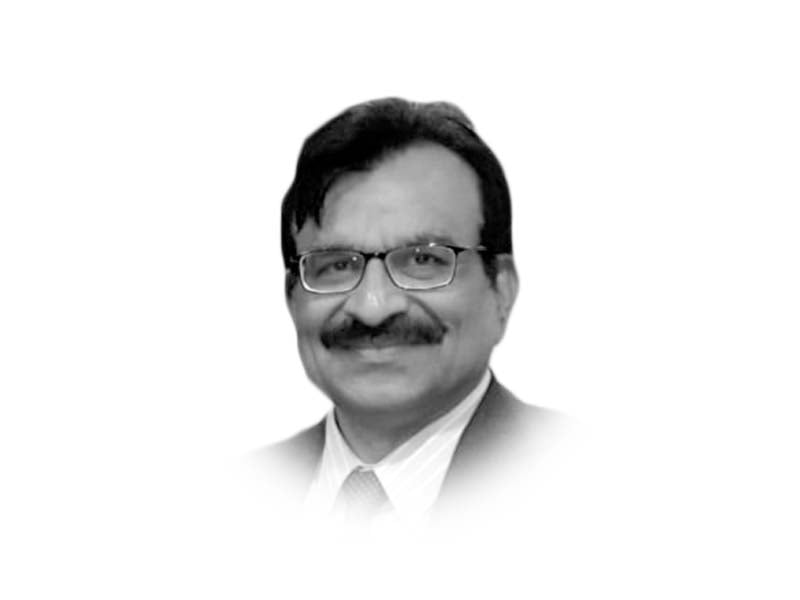
Covid-19: schools or no schools?
It’s riskier not only for kids but for our elders to send our children back to school
Covid-19 has brought unprecedented challenges for us. The speed and scale of the new disease has surprised many. Uncontrolled outbreaks and resurgence of the second wave has created fear in governments. Schools were closed as soon as lockdown measures were initiated in March. Summer vacations allowed this opportunity to be expanded but the end of summer is here. Opening of schools is a major decision for countries and a technical issue has been politicised. Opening schools is not a simple question and requires complex analysis and reasoning.
Keeping schools closed for a long time is a national loss as the new workforce will not be available on time for a country. But it is also a personal loss to every family whose kids are either not receiving any education or doing so online. The few privileged kids who can access online education will still miss the most critical component of school — social learning. In times of smart devices, social learning and interaction was already in retreat but long-term school closures could put a nail in its coffin. Not every house is big enough for kids to have proper exercise and children are spending too much time using devices with no exercise during the lockdown. This may result in childhood obesity and other physical and mental issues.
Keeping schools closed for long also brings additional problems in the developing and developed world. In countries with both parents working, closed schools mean a parent has to stay away from work. In developing countries especially in poor areas, it’s difficult to keep children apart even if schools have been closed. But opening schools is risky when a virus is easily transmittable. No age group is immune to Covid-19. While children have less complications and a lower mortality rate as compared to other age groups, studies are showing long-term consequences of the disease in children including deaths (though fewer).
In most developing countries the idea of social distancing in schools is wishful thinking. But even in one US state, more than 2,000 students were tested positive in the last two weeks. Other states which opened schools are shutting them again. Children by nature are risktakers and hoping they will follow any SOPs is not realistic. While they may have fewer complications, their role in transmitting Covid to their family members, especially elders is still not clear. A World Economic Forum study shows that in developing countries, the number of households with both a child and elder is 10 times more than in developed countries. That enhances risk for elders if schools are reopened before we strengthen our surveillance system. As lockdowns are difficult to enforce in our part of the world, if Covid-19 spreads faster due to school reopening, we will have great difficulty in controlling the pandemic and will also lose economically.
Pandemics are inter-linked local outbreaks. That means there should be a global strategy but many decisions need to be taken locally. This will require local data collection and analysis. Dr Ali S Khan (dean of College of Public Health, University of Nebraska) is advocating a threshold of cases when a district could open or close its schools. In Pakistan too, I think we have to make these decisions locally with epidemiologists working at the district level and making decisions based on their data. Until then, it’s more risky not only for kids but for our elders to send our children back to school. And for that, I am not sending my kids back to school in September.
Published in The Express Tribune, August 22nd, 2020.
Like Opinion & Editorial on Facebook, follow @ETOpEd on Twitter to receive all updates on all our daily pieces.












COMMENTS
Comments are moderated and generally will be posted if they are on-topic and not abusive.
For more information, please see our Comments FAQ